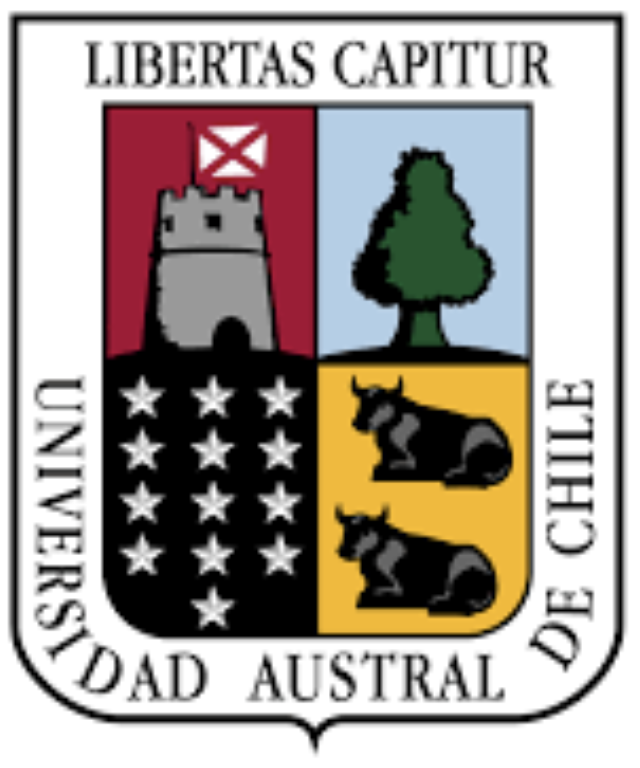Main Article Content
Jun 13, 2025
Abstract
The study of forest dynamics allowed us to measure the impact of forestry interventions over time. The present study sought to understand the response of the high forest of the humid Chaco (Argentina) to different silvicultural interventions after 19 years of logging in terms of mortality and recruitment of tree specimens and their growth. In a 5.4 hectare forest area, two cutting intensities (20 % and 33 % of the basal area) and two cutting methods (mass method, MM, and future tree method, MAF) were combined, and the control was not intervened in a completely randomized split plot experimental design and four repetitions per treatment. All living trees of commercially interesting species with a DBH greater than 10 cm were censused on three occasions. Mortality rates, recruitment, diametric growth, and basimetric growth were determined to estimate the duration of the cutting cycle. The results show that silvicultural cutting treatments decrease the mortality rate and increase the recruitment rate for species of commercial interest (Guayaibí, Espina corona, Guayacán, Ibira pitá í, Urunday, Francisco Álvarez and Carandá, among others). Considering the growth of trees of favored species of commercial interest, MAF presented better results than MM with cutting cycles close to 15 years.
Downloads

This work is licensed under a Creative Commons Attribution-NonCommercial 4.0 International License.


